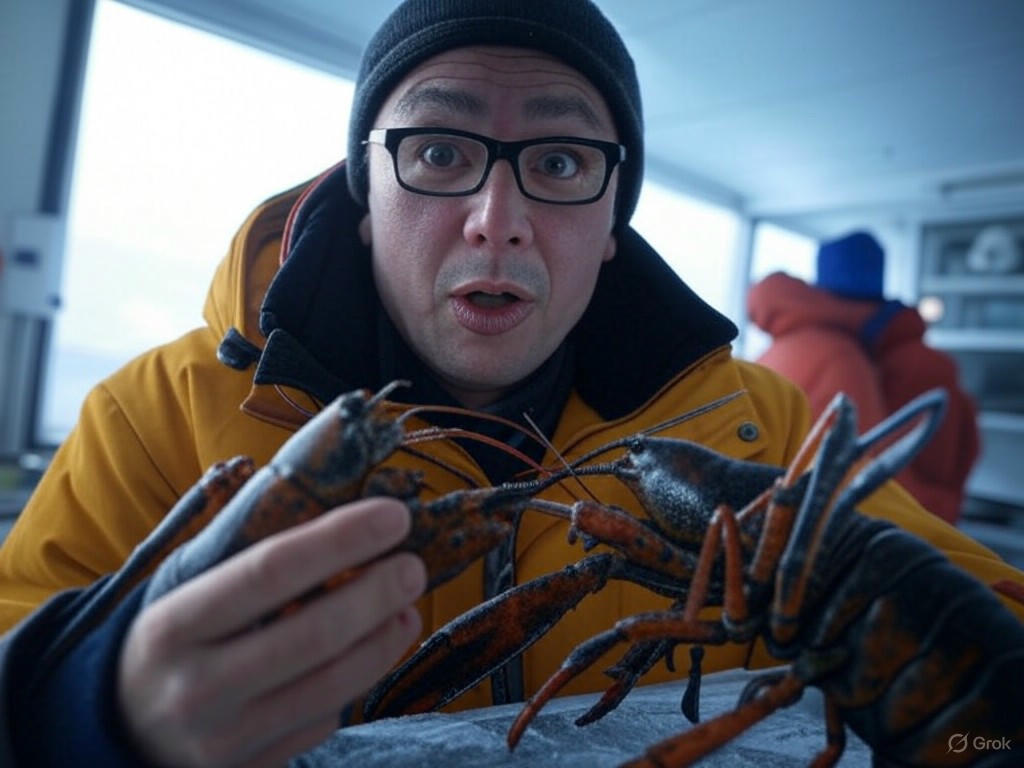Unveiling Antarctic Secrets: Astonishing Life Forms Found Beneath 1,500 Feet of Ice
In a groundbreaking expedition that has captivated the scientific community, researchers have unearthed a hidden world beneath the Antarctic ice, revealing life forms that defy imagination. After drilling through more than 1,500 feet of ancient, frozen layers, a team of scientists stumbled upon an ecosystem that has remained untouched for thousands of years. This remarkable discovery, made in the heart of one of Earth’s most inhospitable regions, offers a glimpse into a past that predates human history and challenges our understanding of life’s resilience.
The drilling operation, conducted with cutting-edge technology, was no small feat. The team battled subzero temperatures and treacherous conditions to penetrate the ice sheet, driven by the hope of uncovering clues about Earth’s climatic history. What they found, however, went far beyond their expectations. At the bottom of the borehole, in a subglacial lake isolated from the surface for millennia, they encountered a thriving community of organisms. Among the most astonishing discoveries were small, lobster-like creatures, which the scientists described as a ‘school’ due to their coordinated movements. These bizarre, shrimp-sized beings, with their translucent bodies and intricate appendages, seem to have adapted to the pitch-black, high-pressure environment in ways that defy conventional biology.
The implications of this find are staggering. These creatures, along with other microbial life forms detected in the water samples, suggest that life can endure in conditions previously thought to be uninhabitable. Scientists speculate that the subglacial lake, sealed off by ice for countless generations, may hold genetic secrets that could rewrite evolutionary timelines. The lobster-like organisms, in particular, are a focal point of study, as their physiology hints at unique survival mechanisms. Researchers are already planning further expeditions to extract more samples and analyze the chemical composition of the lake, hoping to uncover how these beings metabolize energy in the absence of sunlight.
Beyond the biological marvels, this discovery also raises questions about the Antarctic’s hidden landscapes. Subglacial lakes, like the one explored, are believed to number in the hundreds beneath the continent’s ice. Each could potentially harbor its own distinct ecosystem, preserved in a natural time capsule. This find underscores the importance of protecting these pristine environments from contamination during exploration, as even the slightest interference could disrupt delicate balances that have persisted for eons.
As the scientific world buzzes with excitement, this Antarctic revelation reminds us of how much remains unknown about our planet. The lobster-like creatures and their icy habitat are a testament to life’s tenacity, thriving in a realm where no human eye had ever peered. This discovery is not just a milestone in biology but a call to continue exploring the uncharted corners of Earth. With every layer of ice we penetrate, we edge closer to understanding the intricate tapestry of life that has quietly endured through the ages, waiting for its story to be told.


